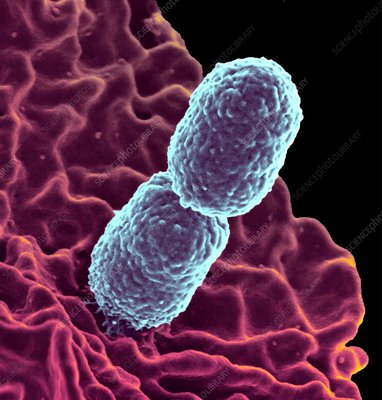
Klebsiella pneumoniae, otherwise known as K pneumoniae, is an aerobic Gram-positive, non-transitive, multicellular, facultative aerobic, rod-shaped organism. It typically appears as a mucoidal lactose-fermented anaerobe on MacConkey agar (agar).
This organism causes illness in humans and animals alike
It has been found to be associated with various types of pneumonia. The clinical manifestations of this organism are typically severe, including severe diarrhea, dehydration, and shock.
The pathogenic mechanisms by which this organism infects host cells and causes illness include: direct entry into the bloodstream through inhalation or ingestion. Inhaled organisms can also enter the blood via ingestion, especially in case of the elderly. Intravenous infections can also occur. These are usually caused by contact with contaminated surfaces and the exposure to bacteria and other organisms present in these surfaces, usually on or in the gastrointestinal tract.
Because this organism is an aerobic anaerobe, it has a high metabolic rate, which contributes to the rapid spread of its spores to other body areas. The spores can disseminate from one area to another with the help of body fluids, air, and tissues. Some species of this organism are able to survive on the surface of mucous membranes and other body structures, such as follicles and hair follicles.
An infectious dose of K pneumoniae can cause illness in animals, birds, and humans. However, humans, because they are more susceptible than animals to infections due to the fact that their immune systems are weaker, may not respond as rapidly or strongly as animals do to treatment.
Various symptoms are associated with this organism and are very similar to those caused by some other types of pneumonia. Although the causative agent of illness is unknown, it is thought to produce similar effects on the lungs, kidneys, liver, heart, and brain. The symptoms, however, differ with animal sources and may vary from one source to the next. The most common symptoms in humans are fatigue, fever, headaches, and weight loss. Sometimes, patients may have severe chest pain and wheezing and cough.

The incubation period for K pneumoniae varies between four to 21 days
Patients may be asymptomatic or symptomatic at the onset of the illness but may become symptomatic later. Diagnosis is made when the patient is infected with this organism.
When symptoms are present, one should take appropriate precautions to avoid spreading the organism to others. One should wash hands frequently with soap and water, use gloves when handling other people's bodies, and shower after swimming or exercising. The use of antibiotics should be limited to infection control and not used to treat other diseases, such as flu, as these antibiotics are ineffective in fighting this infection. If there is any doubt about the diagnosis, tests should be carried out.
Treatment of K pneumoniae is generally supportive. This means that treatment is designed to improve the conditions that make it more difficult for this organism to grow and spread, including the environment in which it lives. Treatment is aimed at restoring health, slowing the spread of this organism, preventing secondary infections and preventing recurrence of outbreaks.
Antibiotics are used to kill off the bacteria that are responsible for the disease. To help reduce the numbers of the bacteria that grow, many kinds of probiotics are recommended.
Good hygiene is important. It is also important to practice proper personal hygiene and to make sure that the surfaces in which the patient has contact with the patient or the environment in which they live are clean and free from contamination.
If a person has K pneumoniae and does not show signs and symptoms of a secondary infection, they should be given a treatment plan to avoid them getting sick again. Patients should be encouraged to take regular physical examinations and be treated in a health-care facility that has a high level of hygiene to prevent spreading of this organism to other members of the family. Prevention is better than cure.